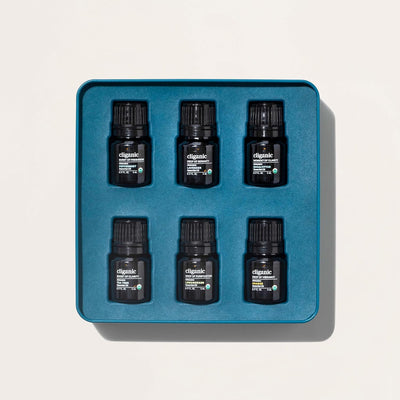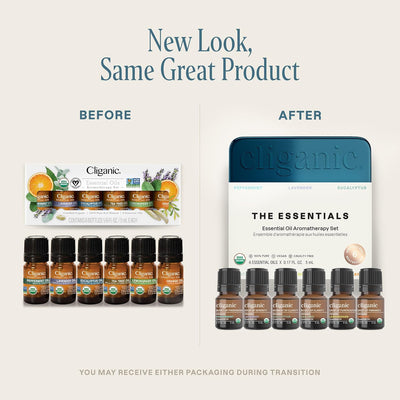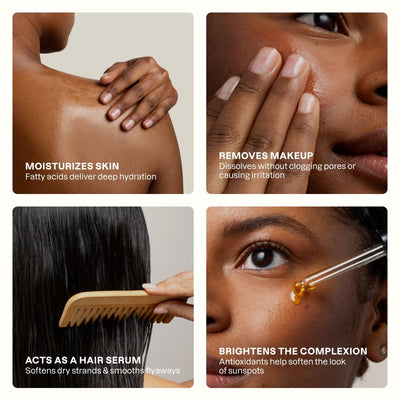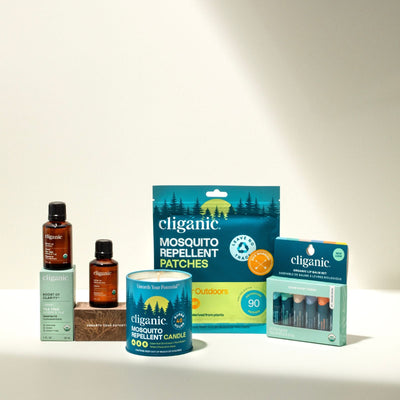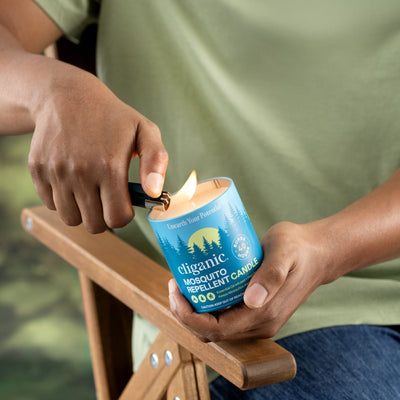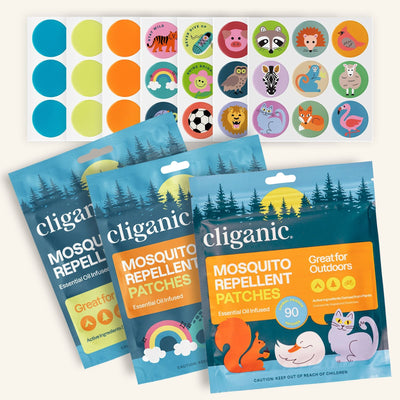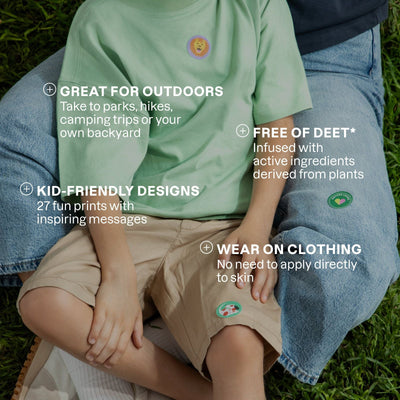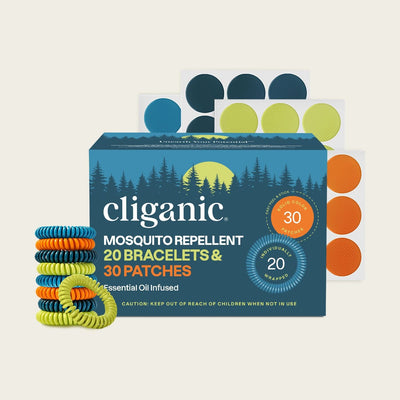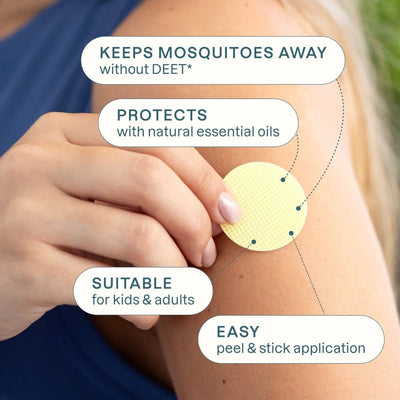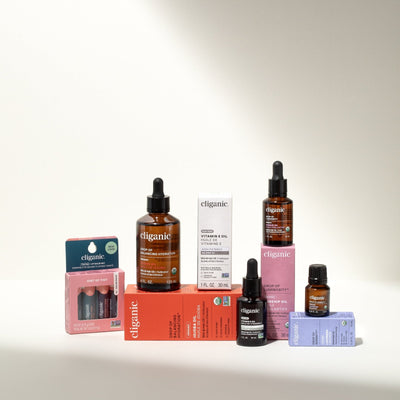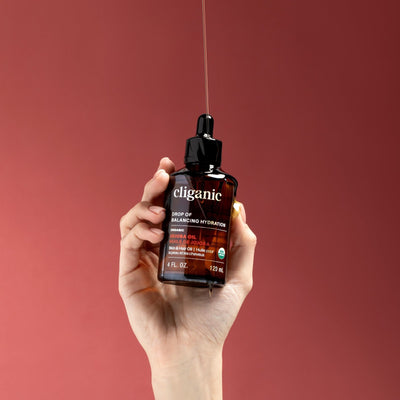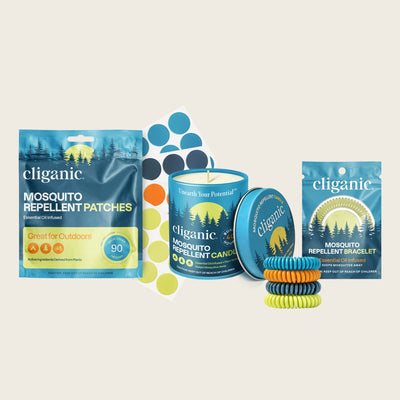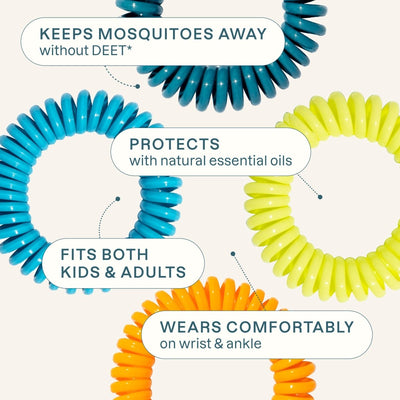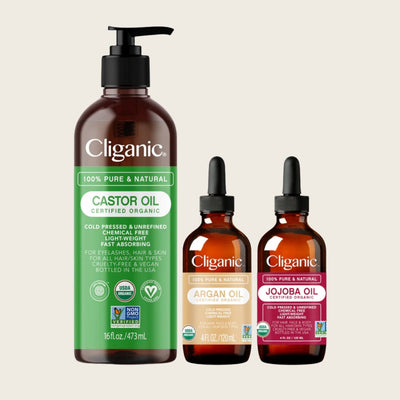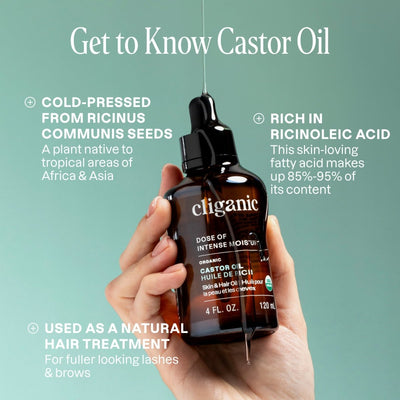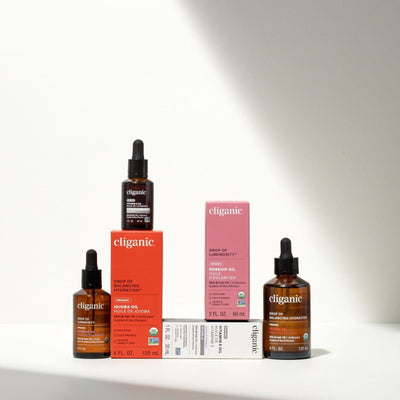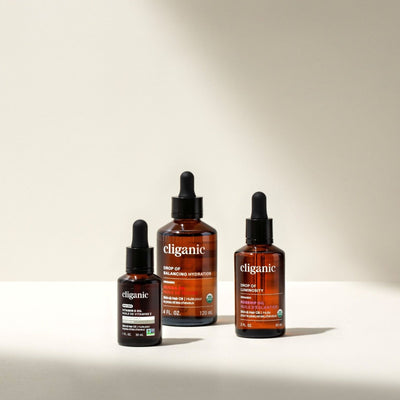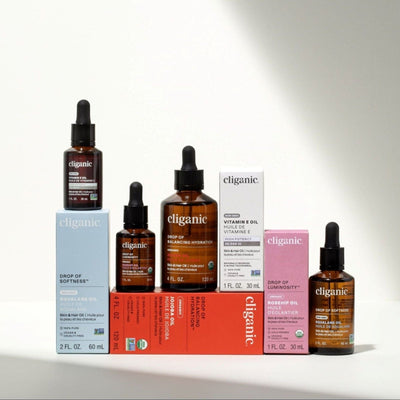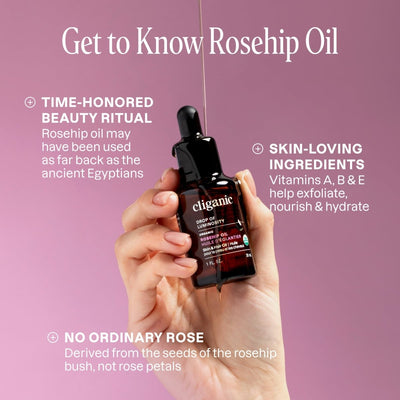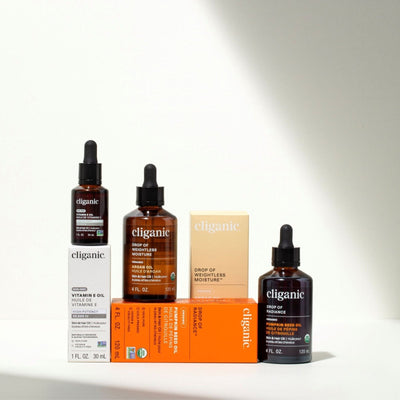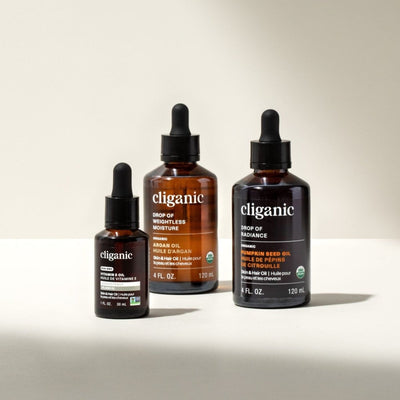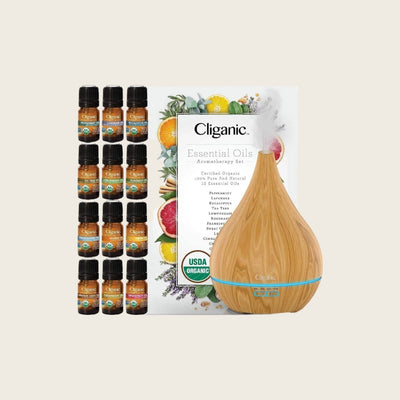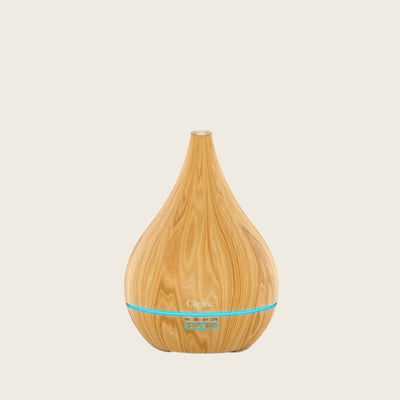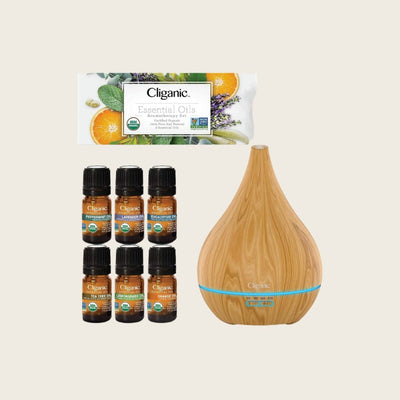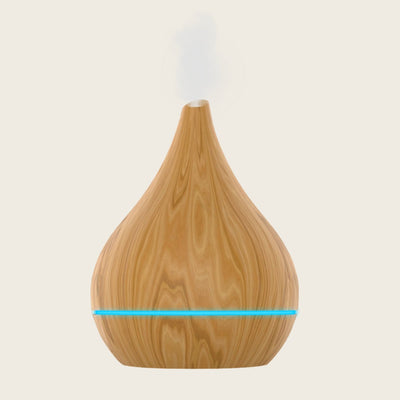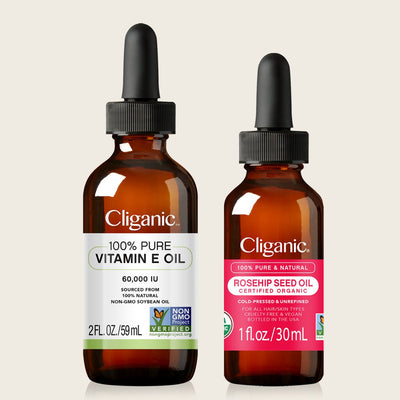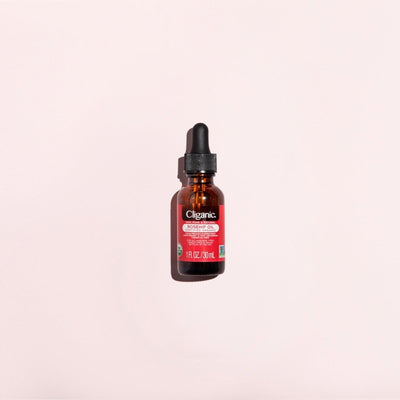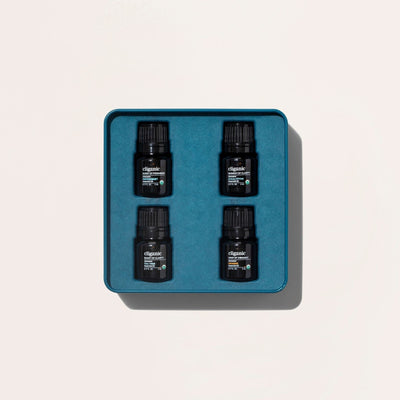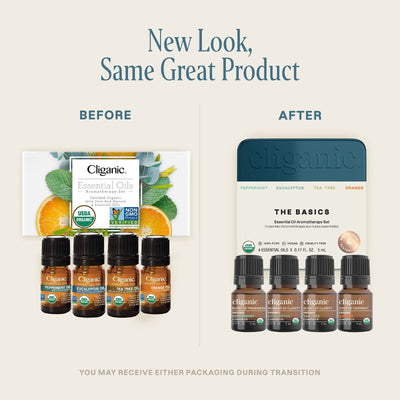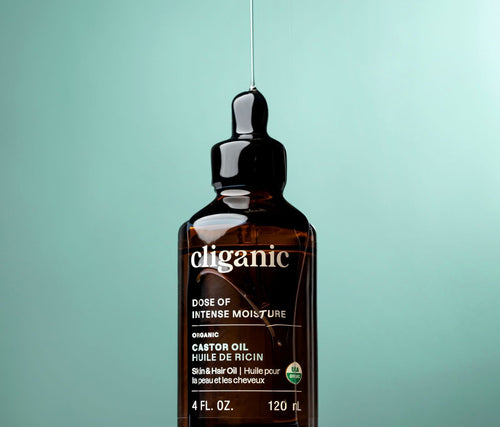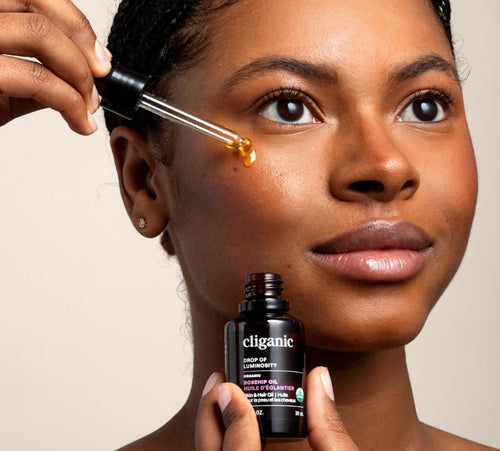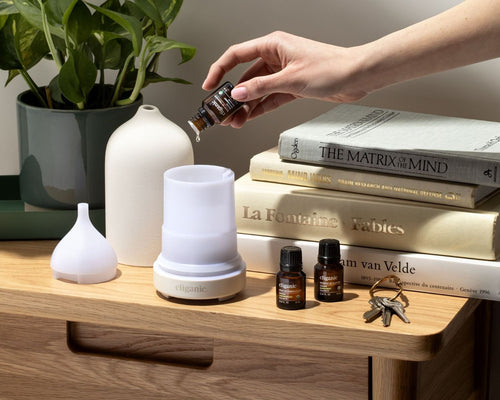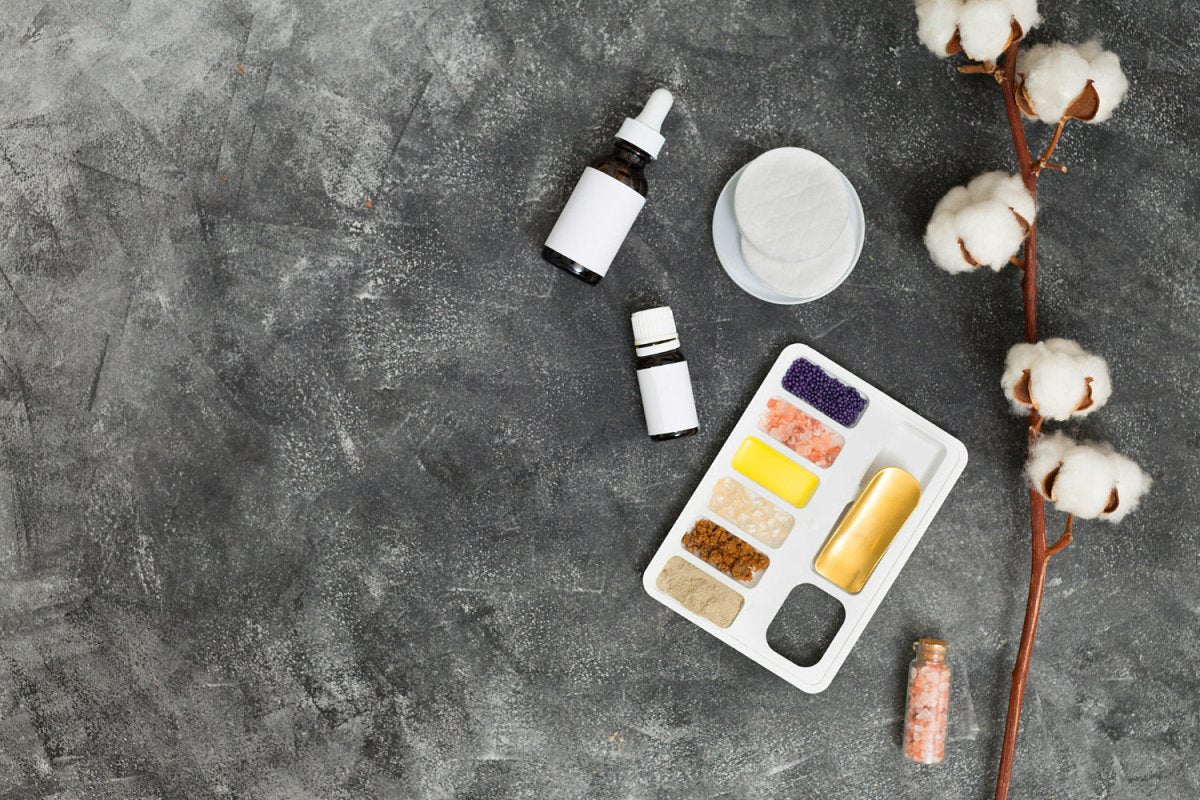
DIY Lotion Bar Recipe Featuring Essential Oils
A Lotion Bar is a solid moisturizer that can be molded into different shapes and sizes using candy molds, muffin tins or soap molds. They are made with 100% natural botanical ingredients that soften immediately upon contact with the skin, and leave the skin feeling deeply nourished and moisturized.
Lotion Bars can be used as a daily moisturizer and are especially effective when applied directly after bathing when the skin is still feeling warm and damp so that the botanical actives from the ingredients can be better locked into the skin.
Typically the ingredients that are featured in Lotion Bars fall into 3 categories: Butters, Waxes and Carrier Oils. Let’s take a closer look at these different groups of ingredients and see what kinds of skin soothing properties they all have in common.
Butters:
The solid fatty extracts pressed from the seeds of a wide variety of plants, like Shea Nuts, Cocoa Beans (seeds) and Mango Pits (seeds). What makes these extracts solid are their notable percentages of specific fatty acids, like stearic acid and lauric acid, that make these oils solidify when cooled, and liquify when heated. These same fatty acids have also been shown to have powerful skin reparative and protective properties, and can be applied to the skin to help reduce the appearance of fine lines and wrinkles, soften scar tissue and provide protection from sun damage.
Waxes:
Botanical ingredients that offer texture to DIY skincare products. Depending on the quantity of wax used in your recipe, wax can offer a variety of textures, from an ointment-like consistency to a hard solid. There is little therapeutic value in waxes, and their purpose is strictly to help create the product’s texture.
Carrier Oils:
The liquid fatty extracts pressed from the seeds of a wide variety of plants, like Argan, Jojoba, Marula, Baobab, Tamanu and Castor. They are made up of essential fatty acids, sterols and trace vitamins and minerals. Our skin is very receptive to plant oils because our own skin is made up of these similar constituents, and that means when we apply a plant oil to our skin it is immediately absorbed and integrated into the different layers of our skin and can offer instant therapeutic benefits.
Now that we understand the different kinds of botanical ingredients that are needed to make a Lotion Bar and how they benefit the health and appearance of our skin, let’s learn how to make one!

Here is a simple DIY Lotion Bar recipe you can make at home:
Here is what’s you’ll need:
- Find a silicone mold to pour your Lotion Bars into. Candy Molds, Muffin Molds and Soap Molds all work. Just make sure you know the weight amount per mold so you can calculate the ingredients correctly.
- Heat source, like an electric hotplate or your kitchen stove top - you need this to help slowly melt all the ingredients together.
- A shallow saucepan filled with about 1 inch of water
- A double boiler insert to melt all the ingredients and to use to pour into the molds, something like this is perfect.
- Mixing tools, like a stainless steel spoon, or disposable wooden sticks, like popsicle sticks.
- Various small glass bowls, measuring cups and spoons to place your ingredients in.
- A digital scale that can measure amounts to .00, and has a “tare” feature and can easily switch between grams and ounces.
- Paper Towel
- Oven Mit
- Parchment Paper

Here are the ingredients you’ll need to make a 6 ounces:
- 3 ounces of beeswax, we recommend using beeswax pellets so you can get a more accurate measurement.
- 1 ounce of Jojoba Carrier Oil. We are using Jojoba OIl in this recipe because it doesn’t leave the skin feeling greasy or oily, and it is a very stable oil that won’t go rancid.
- 1 ounce of Baobab Carrier Oil. We are using Baobab Oil for its quick absorption feel, and its ability to repair and soothe dry damaged skin.
- 1 ounce of Marula Carrier Oil. We are using Marula Oil because it has been shown to offer notable healing benefits to the skin.
- 2 ounces of Shea Butter. We are using Shea Butter for its deeply nutritive and protective properties.
- 1 ounce of Coconut Oil. We are using Coconut Oil for its skin protective benefit as well as its ability to soften and soothe dry sore skin.
Here are the best essential oils for Lotion Bars:
- 18 drops of Geranium Essential Oil
- 14 drops of Frankincense Essential Oil
- 20 drops of Lavender Essential Oil
- 24 drops of Sweet Orange Essential Oil
Here is how you make it:
- Thoroughly clean and disinfect a counter or table top in your kitchen, and line a 18 inch area with parchment paper
- Carefully clean and sterilize your molds, and set them on top of the parchment paper.
- Using your digital scale, measure out the beeswax and set aside
- Measure out all of the carrier oils in separate measuring cups or beakers and set aside.
- In a small glass cup, or bowl, measuring cup or beaker, mix together all the essential oils and set aside.
- Set your saucepan filled with about 1 inch of water on your heat source and warm until it starts to steam.
- Place the double boiler insert into your saucepan, and add the measured beeswax into the double boiler insert and let it melt thoroughly.
- Once it is melted, add the shea butter and all of the carrier oils and stir thoroughly over the heat until everything is melted and well incorporated.
- Turn off heat, and using your oven mit, lift the double boiler insert out of the pan and wipe off the sides and bottom of the double boiler insert of any excess water, so that no water is left dripping.
- Add your essential oils mixture to the melted mixture and stir well.
- Carefully pour the mixture into each mold without letting the mixture spill out or ooze out the sides.
- Cover the molds with a loose sheet of parchment paper and set into the refrigerator for at least 8 hours to set.
- Once the Lotion Bars have set, pop them out of the molds and they are ready to use!
Making Lotion Bars make wonderful gifts! Let us know which essential oil blends are your favorite!
